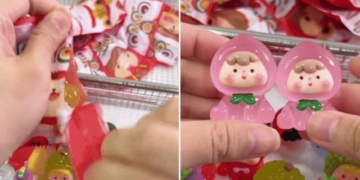Like some young individuals, Western Meadowlarks also stay with their parents into adulthood. However, if their parents are not wealthy, meaning they do not have an abundant food supply, they will leave.
 The Western Meadowlark is one of the very few bird species where the offspring remain with their parents even after reaching maturity. In fact, this behavior is quite rare among birds.
The Western Meadowlark is one of the very few bird species where the offspring remain with their parents even after reaching maturity. In fact, this behavior is quite rare among birds.
In California, Western Meadowlarks live in stable family units, with male offspring staying at home through the winter. Females typically separate by the end of summer and are replaced by migrating females.
“Researchers know that offspring separate from their parents to reduce the risk of inbreeding,” said Janis Dickinson, a biologist at Cornell University in the United States. However, researchers are still unsure why sometimes male meadowlarks stay home through the winter and other times they leave.
The primary food source for meadowlarks in winter is mistletoe berries. Each family unit holds territories with abundant mistletoe. Pairs of birds are loyal and use the same territory year after year.
In California, mistletoe berries are only edible by October, by which time the mature females have already left the nest at the end of summer. The males will assess their parents’ wealth and decide whether to stay before winter arrives.
By reducing the mistletoe supply at the end of summer, scientists can determine the males’ decisions. Three summers ago, they removed half the mistletoe in one part of the testing area.
Compared to other areas, regions with reduced mistletoe had lower numbers of male birds staying, while there was no difference in the presence of females.
Wealthy parent birds—those living in areas with abundant mistletoe—had five times more sons staying at home than those whose territories had less mistletoe.
“Our experiment demonstrates that family stability is related to the stability of the food source,” Dickinson noted.
For meadowlarks, a decrease in food supply does not cause their parents to abandon their homes. They remain in their living areas and can survive on less food since the offspring have left the nest.




















































